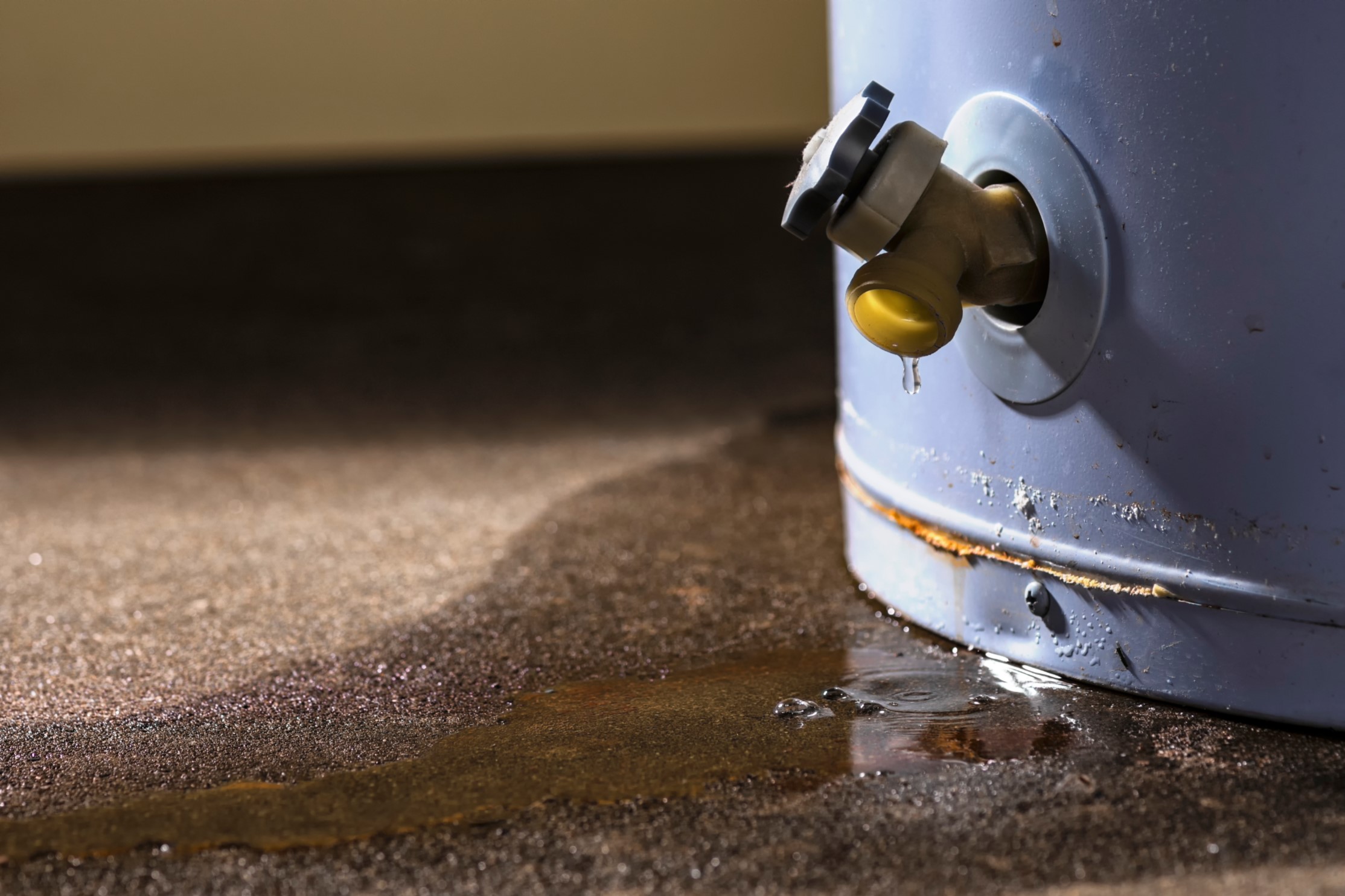How to Extend the Life of Your Home's Hot Water System Through MaintenanceEasy Guide to Maintaining Your Home's Hot Water System
How to Extend the Life of Your Home's Hot Water System Through MaintenanceEasy Guide to Maintaining Your Home's Hot Water System
Blog Article
The author is making a few great annotation regarding Water Heater Maintenance Tips You Can't Afford to Forget overall in the article underneath.

Hot water is important for day-to-day convenience, whether it's for a rejuvenating shower or cleaning recipes. To guarantee your warm water system runs effectively and lasts much longer, normal maintenance is key. This post provides useful ideas and understandings on how to preserve your home's hot water system to prevent disturbances and costly repair services.
Intro
Maintaining your home's hot water system may appear daunting, yet with a couple of basic actions, you can ensure it operates efficiently for several years to come. This guide covers whatever from recognizing your hot water system to DIY maintenance ideas and recognizing when to call in expert assistance.
Relevance of Preserving Your Warm Water System
Regular maintenance not only prolongs the life-span of your warm water system yet additionally ensures it operates effectively. Neglecting maintenance can cause lowered efficiency, greater power bills, and even premature failing of the system.
Indicators Your Hot Water System Needs Maintenance
Knowing when your hot water system requires attention can stop significant concerns. Look out for indications such as irregular water temperature level, odd sounds from the heater, or rusty water.
Recognizing Your Warm Water System
Prior to diving into maintenance tasks, it's practical to comprehend the standard components of your warm water system. Typically, this includes the hot water heater itself, pipes, anode rods, and temperature controls.
Monthly Maintenance Tasks
Normal month-to-month checks can help catch small concerns before they intensify.
Purging the Water Heater
Flushing your hot water heater gets rid of sediment accumulation, boosting performance and prolonging its life.
Checking and Replacing Anode Rods
Anode rods avoid corrosion inside the storage tank. Checking and changing them when broken is crucial.
Evaluating and Readjusting Temperature Level Setups
Changing the temperature level setups makes sure ideal efficiency and security.
DIY Tips for Upkeep
You can execute a number of maintenance tasks yourself to maintain your warm water system in leading condition.
Checking for Leakages
Regularly evaluate pipelines and links for leaks, as these can lead to water damages and greater bills.
Testing Pressure Alleviation Valves
Examining the stress safety valve guarantees it operates appropriately and protects against extreme stress accumulation.
Protecting Pipes
Insulating hot water pipes decreases warm loss and can conserve power.
When to Call a Specialist
While do it yourself upkeep is valuable, some concerns call for specialist experience.
Facility Concerns Calling For Specialist Assistance
Examples include major leaks, electrical troubles, or if your hot water heater is constantly underperforming.
Regular Expert Maintenance Benefits
Specialist upkeep can include extensive inspections, tune-ups, and making sure compliance with safety criteria.
Verdict
Routine maintenance of your home's warm water system is necessary for effectiveness, longevity, and cost financial savings. By complying with these pointers and knowing when to look for expert assistance, you can ensure a trusted supply of warm water without unexpected disruptions.
How to Maintain an Instant Hot Water Heater
Before tinkering with your hot water heater, make sure that it’s not powered on. You also have to turn off the main circuit breaker and shut off the main gas line to prevent accidents. Also turn off the water valves connected to your unit to prevent water from flowing into and out of the appliance. 2. When you’re done, you have to detach the purge valves’ caps. These look like the letter “T” and are situated on either side of the water valves. Doing so will release any pressure that has accumulated inside the valves while at the same time avoid hot water from shooting out and burning your skin. 3. When the purge valves’ caps are removed, you have to connect your hosing lines to the valves. Your unit should have come with three hoses but if it didn’t, you can purchase these things from any hardware or home repair shops. You can also get them from retail stores that sell water heating systems. Read the user’s manual and follow it to complete this task properly. When the hosing lines are connected, open the purge port’s valves. 4. You should never use harsh chemical cleaners or solutions when cleaning your unit. Make use of white vinegar instead. It should be undiluted and you’ll probably use about 2 gallons. 5. Now flush your water heater. This task should probably take about 40 minutes. We can’t give you specific directions for this because the procedure is carried out depending on the type, model and brand of your heater. With that being said, refer to the user’s manual. 6. When you’re done draining the unit, you have to turn off the purge port valves again. Remove the hosing lines that you earlier installed on each of the water valves. Put the valve caps (purge port) back in their respective places and be very careful so as not to damage the rubber discs that are found inside these caps. 7. Now that everything’s back in place, check your user’s manual again to find out how to reactivate your water heating system. 8. Once it is working, turn one of your hot water faucets on just to let air pass through the heater’s water supply pipes. Leave the tap on until water flows smoothly out of it. https://www.orrplumbing.com/blog/2014/september/how-to-maintain-an-instant-hot-water-heater/

I'm very eager about What Kind of Maintenance Do Water Heaters Need? and I hope you liked the entire entry. Sharing is good. Who knows, you could be helping someone out. I praise you for your time. Come back soon.
Book Appointment Report this page